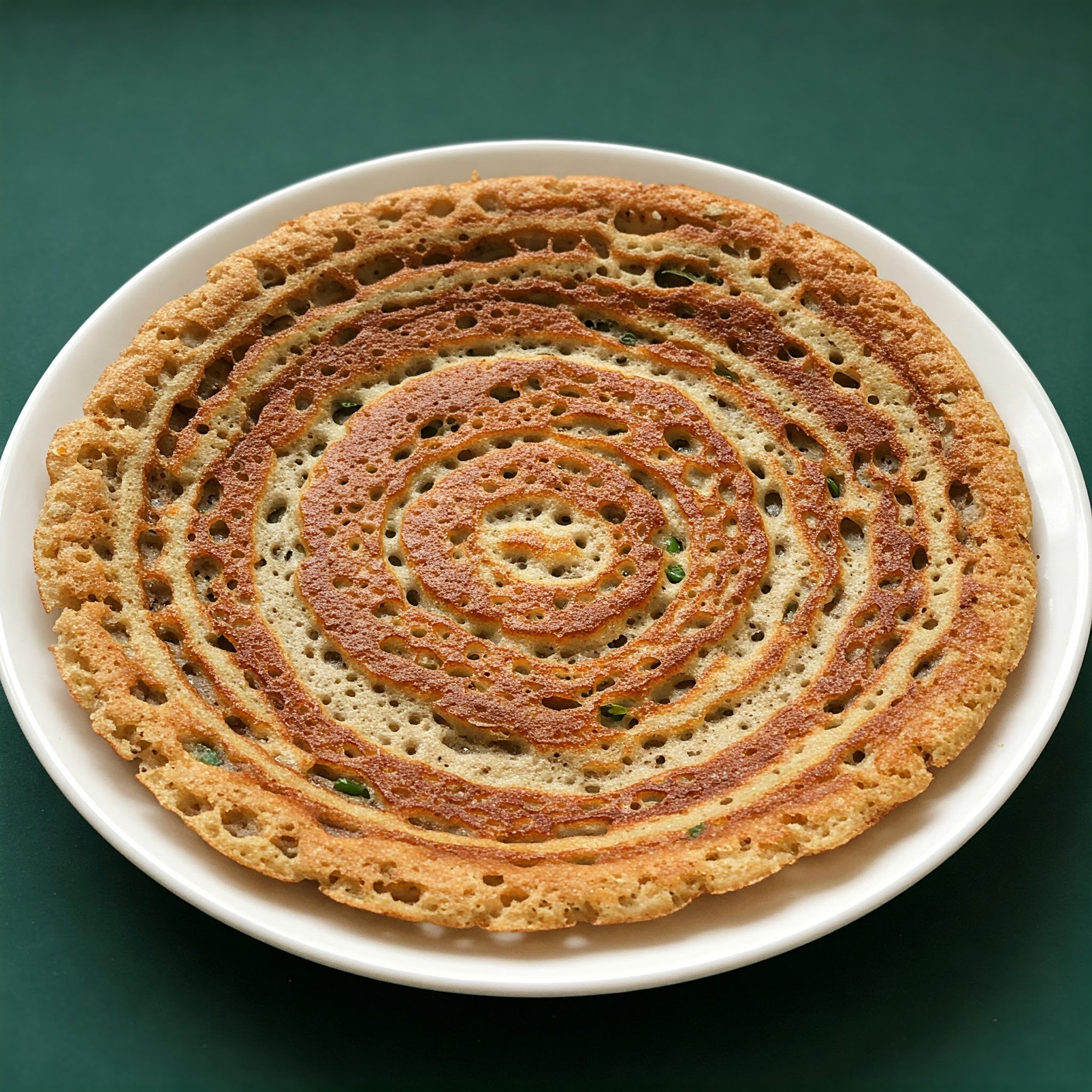Cauliflower Leaves (गोभी के पत्ते)
gobhee ke patte, cauliflower greens

About Cauliflower Leaves
Cauliflower leaves, frequently overlooked, are a culinary treasure waiting to be explored. These vibrant greens offer a subtly earthy flavor and a delightful crunch, while being nutritionally rich. Packed with vitamins A, C, and K, along with essential minerals, they support overall health. Their high fiber content promotes digestion and helps keep you satiated, making them an ideal addition to any dish.
"Here are some delightful recipes that showcase cauliflower leaves. These dishes not only utilize the leaves effectively but also emphasize their versatility and flavor. For more culinary inspiration, check out Planmeal!"
1. Cauliflower Leaf Stir-Fry. : Sauté chopped cauliflower leaves with garlic, ginger, and spices like cumin and turmeric. Add diced tomatoes and cook until tender. Serve with rice or roti.
2. Cauliflower Leaf Soup: Sauté onions and garlic in a pot, then add chopped cauliflower leaves and vegetable broth. Simmer until the leaves are soft. Blend until smooth and season with salt and pepper.
3. Cauliflower Leaf Curry: Cook chopped cauliflower leaves with onions, tomatoes, and a blend of spices such as coriander, cumin, and garam masala. Serve with rice or naan.
4. Cauliflower Leaf Pakoras: Mix chickpea flour, spices, and water to form a batter. Dip whole cauliflower leaves into the batter and deep-fry until golden brown. Serve with chutney.
5. Cauliflower Leaf Salad: Blanch the leaves briefly and chop them. Toss with cherry tomatoes, cucumbers, and a simple lemon dressing for a refreshing salad.
In Indian cuisine, particularly in the northern regions, cauliflower leaves shine in a variety of preparations. Picture a comforting stir-fry infused with spices that invigorate your palate or a warm, hearty soup that soothes the soul. In the south, they may be used in curries or added to rice dishes, showcasing their versatility. Not only do these leaves enhance the flavor of your meals, but they also contribute to sustainability by minimizing food waste. To incorporate cauliflower leaves into your daily menu, visit planmeal.com, where you’ll find innovative recipes and meal planning tools tailored to your tastes. Embrace this often-disregarded ingredient and unlock its potential to enrich your cooking. So, don’t let these cauliflower green gems go unnoticed. Celebrate the benefits of cauliflower leaves in your kitchen, and savor their healthful advantages. Your body and palate will appreciate the change!
Transform your meals with green delight!
Cauliflower leaves are an important part of the vegetable, often overlooked but highly nutritious. They are rich in vitamins A, C, and K, as well as essential minerals like calcium and iron. Incorporating cauliflower leaves into your diet can enhance overall health, providing dietary fiber and antioxidants that support digestion and immune function. In addition to their culinary uses, cauliflower leaves are known for their anti-inflammatory properties and can be used in poultices for soothing skin irritations. Additionally, a juice made from these cauliflower leaves is sometimes consumed for its detoxifying effects.
How to Store Cauliflower Leaves
To store cauliflower leaves, first rinse them gently under cold water to remove any dirt or debris. Pat them dry using a clean kitchen towel to eliminate excess moisture. Next, place the leaves in a breathable bag, like a perforated plastic or mesh bag, which helps maintain airflow and prevents moisture buildup. Store the bag in the vegetable crisper drawer of your refrigerator, ideally at a temperature between 0°C to 4°C (32°F to 39°F). Regularly check for any signs of wilting or spoilage, and use the leaves within 3 to 5 days for optimal freshness.
Shelf Life of Cauliflower Leaves
Cauliflower leaves have a shelf life of about 3 to 5 days when stored in the refrigerator. To maintain freshness, keep them in a breathable bag or container to avoid moisture buildup.
How to Check Cauliflower Leaves Before Buying
When checking cauliflower leaves before purchasing from a local vendor, look for vibrant green leaves that are crisp and free from any yellowing or wilting. Fresh leaves should feel firm and have a smooth texture without blemishes or signs of decay. Avoid leaves that appear slimy or have dark spots, as these indicate spoilage. Additionally, check for a pleasant, earthy smell, which signifies freshness.
It is advisable to procure cauliflower leaves in moderate quantities, as they tend to wilt quickly. If you plan to use them within a week, buying in bulk can be acceptable, but ensure you have proper storage conditions to maintain their freshness. If you’re unsure about using them quickly, consider purchasing smaller amounts to avoid waste. Proper storage can help extend their shelf life, ensuring you get the best quality for your meals.
Explore
Explore our services and take your business to the next level.
Recent Posts

Kuttu and Paneer Tikka is the perfect dish to add to your weekly meal rotation....

Kuttu Ke Pakore are the perfect addition to a balanced weekly menu, offering bot...

Bajra Dosa is a wholesome and satisfying dish that makes a perfect addition to y...

Spiced Buttermilk is the perfect addition to your weekly menu, offering a refres...

Kuttu Dosa is the perfect addition to your weekly meal plan, offering a healthy...
Ready for a Healthier You?
Take control of your wellness! Get a customized meal plan that fits your lifestyle. It's time to eat smarter, feel better, and transform your life!
Get Your Plan Now!Already a member? Login and start now!
Nutrition Facts
Serving Size:
Servings Per Container: 1
| Amount Per Serving | ||
|---|---|---|
| Calories | 35.37 | |
| Fat | ||
| Saturated Fat | ||
| Trans Fat | ||
| Cholesterol | 0 | |
| Sodium | 24.31 | |
| Carbs | 3.39 | |
| Fiber | ||
| Sugar | 0 | |
| Protein | ||
| VitaminD | ||
| Calcium | 96.7 | |
| Iron | 2.42 | |
| Potassium | 374 | |
* Percent Daily Values are based on a 2000 calorie diet.
* Percent Daily Values are based on a 2000 calorie diet.




